Home>Garden Essentials>What Type Of Flowers Are In The Wildflower Seed Packet
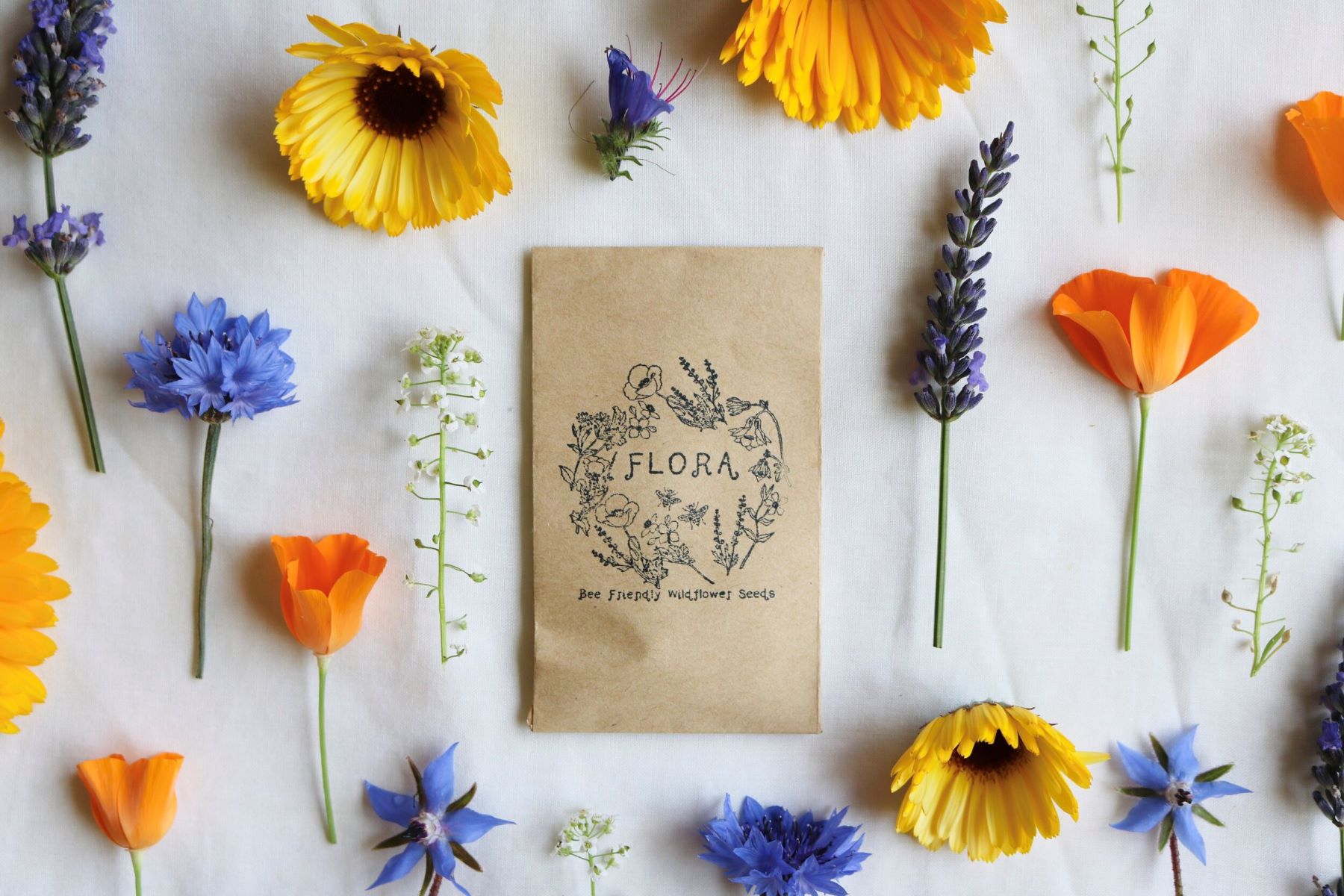

Garden Essentials
What Type Of Flowers Are In The Wildflower Seed Packet
Modified: March 16, 2024
Discover a diverse collection of wildflowers in our garden seed packet. Plant these beautiful blooms to create a vibrant and natural landscape.
(Many of the links in this article redirect to a specific reviewed product. Your purchase of these products through affiliate links helps to generate commission for Storables.com, at no extra cost. Learn more)
Introduction
Welcome to the enchanting world of wildflower seed packets! If you’re a gardening enthusiast or someone who simply appreciates the beauty of nature, then you’ve likely encountered these enticing little packages bursting with potential. Wildflower seed packets offer a unique and convenient way to grow a vibrant array of flowers in your garden or outdoor space.
Unlike traditional flower seeds that are specific to a particular species, wildflower seed packets contain a delightful mix of various flower types. This diverse blend allows for a stunning and natural-looking display, resembling the picturesque meadows and fields found in the countryside.
Whether you’re a novice gardener or a seasoned pro, understanding the contents of wildflower seed packets can help you make informed choices and create the garden of your dreams. In this article, we will explore some of the most common types of flowers found in wildflower seed packets, giving you a glimpse into the wonders that await within those little packets of possibility.
Key Takeaways:
- Wildflower seed packets contain a diverse mix of flowers, from sunflowers to black-eyed Susans, creating a natural and vibrant garden reminiscent of picturesque meadows and fields.
- By planting wildflowers from seed packets, you not only create a haven for pollinators but also contribute to the preservation of incredible plant species, bringing joy and color to your garden.
Read more: What Flowers Are In A Wildflower Mix
Understanding Wildflower Seed Packets
Before diving into the specific types of flowers found in wildflower seed packets, let’s take a moment to understand how these packets work. Wildflower seed packets are carefully designed to ensure successful germination and growth of the included seeds.
When you first open a wildflower seed packet, you’ll notice that the seeds are usually a mix of different sizes and shapes. This is intentional, as it allows for a diverse and visually appealing display of flowers. The packaging may also include a label or instructions detailing the contents, planting recommendations, and any specific care instructions.
Wildflower seeds are typically a combination of annuals, perennials, and biennials. Annuals complete their lifecycle within one growing season, while perennials come back year after year, and biennials have a two-year lifecycle. This mixture ensures that your garden will have a continuous bloom, with some flowers reseeding themselves for future seasons.
It’s important to note that wildflower seed packets are designed to be sown directly into the soil, preferably in early spring or late fall. This is because most native wildflowers require a period of cold stratification, which is naturally provided by the winter season. However, specific planting instructions may vary depending on the region and the flower species included in the packet.
Now that we have a basic understanding of how wildflower seed packets function, let’s explore some of the common types of flowers that you may find in these delightful packages. From vibrant sunflowers to delicate daisies, each flower brings its unique charm and beauty to your garden.
Common Types of Flowers Found in Wildflower Seed Packets
Wildflower seed packets are a treasure trove of floral diversity, offering a stunning assortment of flowers that will transform your garden into a vibrant tapestry of colors. Let’s explore some of the most common types of flowers that you may encounter in these delightful packets:
- Sunflowers: Sunflowers are iconic symbols of summertime joy. With their tall stalks and large radiant blooms, they bring warmth and cheer to any garden.
- Marigolds: Marigolds are popular for their vibrant orange and yellow hues. They not only add a pop of color to the garden but also attract beneficial insects like bees and butterflies.
- Poppies: Poppies are known for their delicate and striking blooms that come in a range of colors, including red, orange, pink, and purple. These flowers bring a touch of whimsy and elegance to any landscape.
- Daisies: Daisies are simple yet charming flowers that exude a sense of innocence and purity. Their white or yellow petals with a contrasting center make them a classic choice for any wildflower garden.
- Larkspur: Larkspur is a tall and graceful flower that adds height and vertical interest to the garden. With their spiky blooms in shades of blue, pink, and purple, they create a stunning display when planted en masse.
- Lupines: Lupines are known for their breathtakingly beautiful tower-like spikes adorned with vibrant pea-like flowers. These flowers come in a wide array of colors, including shades of purple, pink, blue, and white.
- Zinnias: Zinnias are beloved for their vibrant and long-lasting blooms. Available in a rainbow of colors, these flowers are a magnet for butterflies and hummingbirds, making them a delightful addition to any garden.
- Cosmos: Cosmos flowers are dainty and ethereal, with feathery foliage and delicate petals that dance in the breeze. These flowers come in various shades of pink, purple, and white, adding a touch of whimsy to any wildflower garden.
- Black-eyed Susans: Black-eyed Susans are cheerful and resilient flowers that feature bright yellow petals and a dark brown center. They thrive in full sun and are a favorite among pollinators.
- Baby’s Breath: Baby’s Breath flowers are known for their tiny white blooms held on delicate branching stems. They are often used as filler flowers in floral arrangements and add a touch of charm and airiness to any garden.
These are just a few examples of the myriad of flowers that can be found in wildflower seed packets. Each flower brings its unique beauty and characteristics, creating a harmonious and natural-looking display in your garden.
By planting wildflowers from seed packets, you not only create a haven for pollinators but also contribute to the preservation of these incredible plant species. So grab a packet of wildflower seeds, get your hands dirty, and watch as your garden bursts into a kaleidoscope of colors and delights!
Sunflowers
Sunflowers are undoubtedly one of the most recognizable and beloved flowers found in wildflower seed packets. These majestic beauties are known for their sunny disposition and vibrant blooms that evoke feelings of warmth and happiness.
One of the standout features of sunflowers is their impressive height. They can reach staggering heights of up to 10 feet or more, creating a striking focal point in any garden. The tall stalks are adorned with large, disk-shaped flower heads that face the sun, hence their name. These flower heads are composed of hundreds of tiny florets and are often a brilliant yellow color, although some varieties may exhibit shades of orange or red.
In addition to their visual appeal, sunflowers also offer practical benefits. These flowers are rich sources of nectar and pollen, attracting an array of pollinators such as bees, butterflies, and even birds. Sunflowers are also known to have allelopathic properties, which means they release chemicals that inhibit the growth of certain weeds, making them an eco-friendly addition to your garden.
Cultivating sunflowers from wildflower seed packets is a rewarding experience. Whether you choose a dwarf variety suitable for container gardening or opt for the towering giants, sunflowers are relatively easy to grow. They thrive in full sun and well-drained soil, and some varieties even tolerate a wide range of soil conditions.
When planting sunflower seeds, it’s important to provide enough space between each seed to allow for proper growth. Follow the packet instructions for the recommended spacing and depth. Keep the soil consistently moist but avoid overwatering, as sunflowers are relatively drought-tolerant once established.
As the sunflowers begin to grow, you’ll witness their remarkable transformation. The stalks shoot up towards the sky, and the flower heads gradually open, revealing their beauty. Be sure to provide support for the taller varieties to prevent them from toppling over in strong winds.
Once the sunflowers reach their majestic height, they become a beacon of joy in your garden. Their vibrant yellow blooms attract not only pollinators but also human admirers. Sunflowers can be cut and used in floral arrangements or left to mature and produce nutritious seeds loved by birds and squirrels.
So, whether you’re seeking to bring a touch of sunshine to your landscape or provide a nutritious feast for local wildlife, sunflowers from wildflower seed packets are an excellent choice. Plant these cheerful giants, watch them grow, and bask in their radiant beauty.
Marigolds
Marigolds are vibrant and versatile flowers that are commonly found in wildflower seed packets. These cheerful blooms are known for their dazzling shades of yellow, orange, and gold, adding a burst of color to any garden.
One of the reasons marigolds are so popular is their ability to thrive in various growing conditions. They are hardy and adaptable, making them suitable for both novice and experienced gardeners. Marigolds are annual flowers, which means they complete their lifecycle within one growing season. However, they often reseed themselves, creating a self-sustaining population in the garden.
There are different types of marigolds available, including French marigolds (Tagetes patula), African marigolds (Tagetes erecta), and signet marigolds (Tagetes tenuifolia). French marigolds are known for their compact size and bushy habit, while African marigolds produce larger, more robust flowers. Signet marigolds are smaller and have delicate, lacy foliage.
Marigolds have not only captivating aesthetics but also practical benefits. These flowers have a distinct scent that helps repel insects, making them a popular choice for companion planting in vegetable gardens. Planting marigolds near tomatoes, peppers, and other susceptible plants can help deter pests and reduce the need for chemical insecticides.
Cultivating marigolds from wildflower seed packets is relatively easy. Start by selecting a sunny location with well-drained soil. Marigolds prefer full sun, but they can tolerate some light shade. Prepare the soil by loosening it and removing any weeds or debris.
Sow the marigold seeds according to the instructions provided on the seed packet. Typically, they should be planted at a shallow depth and spaced several inches apart to allow for proper airflow and growth. Water the seeds gently but consistently, keeping the soil moist until the seedlings emerge.
As the marigold plants grow, they will develop lush foliage and start producing their iconic blooms. Deadheading the faded flowers regularly can encourage prolonged blooming and prevent self-seeding if desired. However, if you’re looking to promote self-seeding for future seasons, allow some flowers to mature and go to seed.
Marigolds are not only visually appealing but also beneficial for pollinators. Their nectar-rich flowers attract bees, butterflies, and other important pollinating insects to your garden, supporting overall biodiversity and ecosystem health.
Whether you’re planting marigolds to brighten up your flower beds, create borders, or attract beneficial insects, these versatile flowers from wildflower seed packets are sure to bring joy and vibrancy to your garden. Embrace the beauty and versatility of marigolds, and create a stunning display that will captivate both human and insect observers alike.
Poppies
Poppies are breathtakingly beautiful and captivating flowers that are often included in wildflower seed packets. These delicate blooms come in a wide array of colors, including vibrant reds, enchanting pinks, and serene whites, adding a touch of elegance and charm to any garden.
One of the most iconic and well-known varieties of poppies is the red corn poppy (Papaver rhoeas). This classic flower is commonly associated with remembrance and is often seen as a symbol of honor for fallen soldiers. It showcases bright red petals with contrasting black centers, creating a striking and poignant display.
In addition to the red corn poppy, there are various other types of poppies that you may find in wildflower seed packets, such as Icelandic poppies (Papaver nudicaule), Shirley poppies (Papaver rhoeas ‘Shirley’), and California poppies (Eschscholzia californica). Each type of poppy brings its own unique beauty and characteristics to the garden.
Poppies are known for their delicate and papery petals, which flutter in the breeze, creating a sense of movement and grace. Their blooms can range from single to double, and some varieties even have fringed or ruffled petals, adding an extra touch of charm.
Cultivating poppies from wildflower seed packets requires attention to their specific needs. Most poppies prefer full sun and well-drained soil. Ensure that the soil is prepared beforehand, avoiding excessive fertilizer usage as it can lead to lush foliage at the expense of flower production.
Plant the poppy seeds directly into the prepared soil, following the instructions provided on the seed packet. Poppies have small seeds, so they should not be planted too deep. Lightly press the seeds into the soil and water gently to keep the soil moist until germination occurs.
As the poppy plants grow, they will develop slender stems and lush foliage. The flowers will gradually emerge, and their captivating beauty will enchant all who behold them. Poppies tend to have a relatively short bloom period, so it’s important to enjoy their splendor while it lasts.
Once the poppy flowers fade and the petals drop, the remaining seed pods can be collected. These seed pods contain the tiny poppy seeds, which can be saved and sown in subsequent growing seasons, allowing the cycle of beauty to continue.
It’s worth noting that some poppy varieties, such as the California poppy, readily self-sow, meaning they will produce new plants without any effort on your part. This natural reseeding adds a touch of spontaneity and surprise to your garden each year.
Whether you choose the classic red corn poppy or explore the wide range of varieties, poppies from wildflower seed packets are sure to add a touch of elegance and whimsy to your garden. Embrace the delicate beauty of poppies, and let their enchanting petals dance in the wind, creating a mesmerizing display of color and grace.
Daisies
Daisies are timeless and charming flowers that are commonly found in wildflower seed packets. With their simple yet elegant appearance, these blooms bring a sense of innocence and beauty to any garden or floral arrangement.
There are numerous species of daisies, each with its own unique characteristics. Some of the most well-known varieties include the common daisy (Bellis perennis), Shasta daisy (Leucanthemum x superbum), and the oxeye daisy (Leucanthemum vulgare). Each type of daisy offers its distinct charm while maintaining the classic daisy shape.
What sets daisies apart is their characteristic shape – a central round, yellow disk surrounded by delicate white (or sometimes yellow) petals. This iconic flower formation is instantly recognizable and evokes a sense of nostalgia and purity.
Daisies are incredibly versatile and can be used in a variety of garden settings. They make wonderful border plants, container plants, or even ground covers, depending on the specific variety. Their low-growing habit and delicate appearance also make them suitable for rock gardens or wildflower meadows.
Growing daisies from wildflower seed packets is relatively straightforward. They prefer a location that receives full sun to partial shade and well-drained soil. While daisies can tolerate different soil conditions, they tend to thrive in fertile and slightly acidic soil.
Start by preparing the soil by removing any weeds or debris and lightly loosen it. Sow the daisy seeds directly onto the soil surface or at a shallow depth, following the instructions provided on the seed packet. Lightly press the seeds into the soil and water gently to keep the soil slightly moist until germination occurs.
As the daisy plants grow, they will develop lush foliage and begin producing their beloved blooms. Daisies are relatively low-maintenance, but it is essential to water them regularly, especially during dry periods, to promote healthy growth and abundant flowering.
One of the joys of daisies is their ability to attract pollinators, such as bees and butterflies, to your garden. These beneficial insects play a critical role in pollination, aiding in the reproduction of other plants in your garden.
Daisies also make beautiful and long-lasting cut flowers. Freshly picked daisies can brighten up a vase or floral arrangement, adding a touch of natural beauty to your interior spaces.
With their timeless appeal and enchanting presence, daisies from wildflower seed packets offer a delightful addition to any garden. Embrace their simple yet elegant charm and let these classic blooms bring a sense of purity and joy to your outdoor oasis.
When choosing a wildflower seed packet, look for a mix of native flowers like Black-eyed Susans, Purple Coneflowers, and California Poppies. These flowers are well-suited to your local climate and will attract pollinators to your garden.
Larkspur
Larkspur is a stunning and graceful flower that is commonly found in wildflower seed packets. With their tall spikes of vibrant blooms, larkspurs add vertical interest and a touch of elegance to any garden or flower arrangement.
Larkspurs belong to the Delphinium genus, and they come in a variety of species and cultivars. These flowers are known for their beautiful spiky inflorescences and delicate, deeply lobed leaves. Their flowers can range in color from soft pastels to vibrant blues, purples, pinks, and whites, creating a breathtaking display.
One of the standout features of larkspurs is their impressive height. They can reach up to 2 to 4 feet tall, making them excellent choices for adding vertical structure and drama to your garden. These tall spikes of flowers sway gracefully in the wind, creating a sense of movement and capturing attention.
Larkspurs bloom in early to mid-summer and can continue flowering for several weeks, adding a prolonged splash of color to your garden. These flowers attract pollinators such as bees and butterflies, making them not only visually appealing but also beneficial for supporting local ecosystems.
Cultivating larkspur from wildflower seed packets requires specific attention to their growing requirements. Larkspurs thrive in full sun and well-drained soil, preferably with a slightly alkaline pH. It’s important to prepare the soil before planting by removing weeds and incorporating organic matter to improve its fertility and drainage.
Sow the larkspur seeds directly into the prepared soil in early spring or late summer, following the instructions on the seed packet. Lightly cover the seeds with a thin layer of soil, as they require some light to germinate. Water gently and consistently to keep the soil moist until the seedlings emerge.
As the larkspur plants grow, you’ll witness their transformation into tall and graceful specimens. The sturdy stems will support the abundance of colorful flowers, which will gradually open and display their mesmerizing beauty.
It’s important to provide support for the larkspur plants, especially in windy areas, to prevent them from toppling over. Stakes or a decorative trellis can help keep them upright and showcase their stunning blooms.
Once the larkspur flowers start to fade, deadhead them by removing the spent blooms. This practice encourages further blooming and prevents the plants from putting energy into producing seeds. However, if you wish to collect seeds for future planting, allow some of the flowers to mature and produce seed pods.
Whether used as cut flowers in bouquets or as a striking addition to your garden, larkspurs from wildflower seed packets will bring an air of grace and beauty to any space. Embrace their tall and magnificent presence, and let them take center stage in your garden as they enchant all who behold them.
Lupines
Lupines are captivating and show-stopping flowers that are often included in wildflower seed packets. With their majestic spires of colorful blossoms, lupines bring a sense of grandeur and beauty to any garden or meadow.
Lupines belong to the Lupinus genus, and there are numerous species and cultivars available, each with its unique characteristics. These flowers are known for their tall flower spikes adorned with tightly packed blooms in shades of purple, blue, pink, yellow, and white.
One of the standout features of lupines is their distinctive palmate leaves, which have multiple leaflets arranged like the fingers of a hand. These luscious green leaves provide an attractive backdrop to the stunning flower spikes, adding to the overall visual appeal of the plant.
Lupines are excellent choices for creating vertical interest in the garden. They can reach heights of 2 to 4 feet, with some varieties even exceeding 5 feet. These tall flower spikes create a dramatic and eye-catching display, making lupines a focal point in any landscape.
Cultivating lupines from wildflower seed packets requires attention to their growing requirements. They prefer a location with full sun to partial shade and well-drained, slightly acidic soil. Lupines are capable of fixing nitrogen in the soil, making them beneficial for improving soil fertility.
Start by preparing the soil before planting lupine seeds. Remove any weeds or debris and loosen the soil to promote good root development. Sow the lupine seeds directly into the soil, following the instructions provided on the seed packet. It’s important to note that lupine seeds have a hard coat, and scarification or soaking in water overnight can help improve germination.
Water the seeds gently but thoroughly after planting, and keep the soil consistently moist until the seedlings emerge. Once the lupine plants are established, they are relatively low-maintenance, requiring regular watering during dry spells and occasional fertilization to promote healthy growth.
As the lupine plants grow, the striking flower spikes will develop, adding beauty and drama to your garden. These flowers attract pollinators such as bees and butterflies, making them an essential component of any pollinator-friendly garden.
It’s important to stake taller varieties of lupines to support the flower spikes, especially in windy locations. This will prevent them from bending or breaking and ensure that the flowers are showcased to their full potential.
Enjoy the splendor of lupines as they bloom abundantly in your garden. These flowers are also an excellent choice for cut flower arrangements, adding a touch of elegance and color indoors.
Whether you choose the classic blue lupines or explore the range of vibrant hues available, lupines from wildflower seed packets will bring a sense of majesty and enchantment to your garden. Embrace their tall and magnificent presence and let the magical allure of lupines captivate all who see them.
Read more: What Is The Sell Date On A Seed Packet For?
Zinnias
Zinnias are vibrant and cheerful flowers that are commonly found in wildflower seed packets. With their brilliant colors and abundant blooms, zinnias bring a burst of joy and vibrancy to any garden or floral arrangement.
Zinnias (Zinnia spp.) are annual flowers that come in a wide variety of shapes, sizes, and colors. From small, compact varieties to tall and towering ones, there is a zinnia for every garden space. These flowers flowerheads can be single-petaled, double-petaled, or even dahlia-flowered, offering a diverse range of forms and textures to choose from.
One of the remarkable features of zinnias is their astonishing range of colors. They come in vibrant shades of red, orange, pink, yellow, purple, and white, allowing you to create stunning color schemes or playful mixes in your flower beds or containers. The abundance of blooms that zinnias produce creates a strikingly colorful and eye-catching display.
Zinnias are incredibly easy to grow, making them a favorite for novice and experienced gardeners alike. They thrive in full sun and well-drained soil, though they can tolerate a variety of soil conditions. Zinnias are also known for their heat and drought tolerance, making them an excellent choice for gardens in hot and dry climates.
Cultivating zinnias from wildflower seed packets is a simple process. Start by preparing the soil by removing any weeds and loosening it. Sow zinnia seeds directly into the soil, following the instructions on the seed packet. The seeds can be lightly covered with soil or simply pressed into the surface, as they prefer some light for germination.
Water the seeds gently but consistently to keep the soil moist until the seedlings emerge. Once the zinnia plants begin to grow, they will develop lush foliage and start producing their spectacular blooms. Regular deadheading, the removal of faded flowers, will encourage continued blooming and prolong the display of zinnias in your garden.
Zinnias are popular for their attractiveness to pollinators, particularly butterflies and bees. The nectar-rich blooms and colorful petals act as a magnet, attracting these beneficial insects to your garden and supporting overall pollinator health.
These versatile flowers can be used in various ways, from filling beds and borders to adding color to containers or cut flower arrangements. Zinnias are also well-suited to butterfly gardens, cottage gardens, or any space that needs a burst of vibrant color and beauty.
Whether you’re looking to add a pop of color to your landscape or create a breathtaking display of zinnias, these flowers from wildflower seed packets will not disappoint. Embrace their vibrant hues, enjoy their long-lasting blooms, and let the delightful zinnias infuse your garden with energy and joy.
Cosmos
Cosmos are enchanting and graceful flowers that are often included in wildflower seed packets. With their delicate foliage and daisy-like blooms, cosmos add a touch of whimsy and beauty to any garden or landscape.
Cosmos (Cosmos bipinnatus) are annual flowers that come in a variety of vibrant colors, including shades of pink, purple, white, and orange. They have feathery and fern-like foliage, which provides an elegant backdrop to the colorful blossoms.
One of the standout features of cosmos is their abundant and long-lasting blooms. These flowers produce an abundance of daisy-like blossoms that dance on slender, wiry stems. The flowers have a delightful texture, with outer petals surrounding a contrasting center, creating a charming and eye-catching display.
Cosmos are relatively easy to grow and are well-suited to both sunny garden beds and containers. They are drought-tolerant and require minimal maintenance, making them ideal for those seeking a low-maintenance flower option.
When cultivating cosmos from wildflower seed packets, it’s important to choose a sunny location with well-drained soil. Cosmos thrive in full sun but can tolerate some light shade. Prepare the soil by removing any weeds and loosening it to allow for proper root development.
Sow cosmos seeds directly into the soil in early spring after the last frost or in the fall, depending on your region’s climate. Follow the instructions on the seed packet for the recommended spacing and planting depth. Lightly cover the seeds with soil, water gently, and keep the soil consistently moist until germination occurs.
As the cosmos plants grow, they will develop a bushy habit and start producing their stunning blooms. You can expect a prolonged bloom period, with cosmos flowers gracing your garden throughout the summer and into the fall.
Regular deadheading, the removal of spent flowers, can prolong the blooming period and keep the plants looking tidy. This practice also encourages the cosmos plants to divert energy into producing more flowers instead of setting seeds.
Cosmos are not only visually appealing but also attract a wide variety of pollinators, including bees, butterflies, and hummingbirds. Their nectar-rich blossoms act as a valuable food source for these wildlife, supporting overall ecosystem health.
Whether used as cut flowers in bouquets or left to beautify your garden, cosmos from wildflower seed packets bring a sense of whimsy and elegance to any space. Embrace their delicate blooms, enjoy their vibrant colors, and let the cosmos flowers transport you to a world of beauty and grace.
Black-eyed Susans
Black-eyed Susans are charming and resilient flowers commonly found in wildflower seed packets. With their striking golden petals and dark brown centers, these cheerful blooms bring a touch of warmth and beauty to any garden or landscape.
Black-eyed Susans (Rudbeckia hirta) belong to the sunflower family and are native to North America. These perennial flowers are known for their long-lasting blooms and ability to thrive in a variety of growing conditions.
One of the standout features of Black-eyed Susans is their bright and vibrant color. The petals are a warm shade of yellow or gold, surrounding the dark brown or black central disk. This unique color combination creates a stunning contrast that captures attention and adds a pop of color to any setting.
Black-eyed Susans are versatile and can be used in different garden settings. They work well as borders, in mass plantings, or mixed with other flowering perennials in a mixed perennial bed. They are also a favorite among pollinators such as bees and butterflies, making them an essential part of any pollinator-friendly garden.
Cultivating Black-eyed Susans from wildflower seed packets is relatively easy, making them a popular choice for novice gardeners. These flowers prefer a location with full sun to partial shade and well-drained soil. They are tolerant of various soil types, including sandy or clay soils.
To grow Black-eyed Susans, prepare the soil by removing weeds and loosening it. Sow the seeds directly into the soil, following the instructions on the seed packet. Lightly cover the seeds with soil, water gently, and keep the soil consistently moist until germination occurs.
As the Black-eyed Susan plants grow, they will develop sturdy stems and lush foliage. The striking yellow or gold flowers will gradually emerge and continue to bloom throughout the summer and into the fall. Deadheading the faded flowers can promote prolonged blooming and encourage the plant to allocate energy into producing more flowers.
Black-eyed Susans are relatively low-maintenance and can withstand periods of drought once established. However, regular watering during dry spells will help ensure healthy growth and vibrant blooms. Dividing the plants every few years can help rejuvenate them and promote optimal blooming.
These versatile flowers are not only a delight for the eyes but also for wildlife. The nectar-rich blossoms attract various beneficial insects, including bees and butterflies, enhancing biodiversity and supporting a thriving ecosystem.
Whether used in garden borders, wildflower meadows, or as cut flowers in arrangements, Black-eyed Susans from wildflower seed packets are sure to bring a touch of cheer and charm to your outdoor space. Embrace their beauty, enjoy their resilience, and let these golden beauties brighten your days with their sunny disposition.
Baby’s Breath
Baby’s Breath is a delicate and ethereal flower that is often included in wildflower seed packets. With its tiny white blooms held on delicate branching stems, Baby’s Breath adds a touch of grace and airiness to any garden or floral arrangement.
Baby’s Breath, scientifically known as Gypsophila, is a perennial flower that is native to Europe, Asia, and Africa. It is characterized by its small, dainty flowers that form airy clusters atop slender stems. While the most common variety has white flowers, there are also pink and lilac variations available.
Baby’s Breath is widely used as a filler flower in floral arrangements. Its delicate appearance complements and enhances the beauty of other flowers, acting as a soft cloud of blooms that brings a sense of romance and elegance to bouquets and centerpieces.
Cultivating Baby’s Breath from wildflower seed packets is relatively straightforward. It prefers a location with full sun to partial shade and well-drained soil. Tolerant of dry conditions, Baby’s Breath is a resilient plant that can thrive even in poorer soil types.
To grow Baby’s Breath, start by preparing the soil by removing any weeds and loosening it. Sow the seeds directly into the soil according to the instructions on the seed packet. Lightly cover the seeds with soil, water gently, and keep the soil consistently moist until germination occurs.
As the Baby’s Breath plants grow, they will develop delicate stems and a profusion of tiny white flowers. The clusters of blooms will create a beautiful fluffy effect, adding texture and softness to the garden. Regular deadheading will encourage continuous blooming and keep the plants looking tidy.
In addition to its ornamental value, Baby’s Breath also attracts pollinators such as bees and butterflies to the garden. Its nectar-rich flowers provide a food source for these beneficial insects, contributing to the overall health and diversity of the ecosystem.
Baby’s Breath is not only a delightful addition to the garden but also an enduring choice for cut flower arrangements. The delicate white flowers complement a wide range of other blooms and add a touch of romance and ethereal beauty to bouquets and floral displays.
Whether used in the garden, as a filler flower, or as a standalone beauty, Baby’s Breath from wildflower seed packets brings a sense of grace and airiness to any space. Embrace its delicate blooms, appreciate its versatility, and let Baby’s Breath elevate the beauty of your garden or floral creations with its subtle elegance.
Conclusion
Wildflower seed packets offer a world of natural beauty and endless possibilities for gardeners and flower enthusiasts. From sunflowers to black-eyed Susans, each type of flower found in these delightful packets brings its own unique charm and contribution to your garden.
By understanding how wildflower seed packets work and familiarizing yourself with the common types of flowers they contain, you can create a vibrant and diverse garden that closely resembles the picturesque meadows and fields found in nature.
Whether you’re drawn to the sunny disposition of sunflowers, the cheerful hues of marigolds, the delicate petals of poppies, or the innocence of daisies, each flower brings its own character and beauty to your outdoor space.
The versatility of wildflower seed packets allows you to unleash your creativity and create a garden that reflects your own personal style. You can choose to plant a mix of different flowers or focus on one specific type, depending on your aesthetic preferences and the desired effect you want to achieve.
Not only do these wildflower gardens bring visual joy, but they also contribute to the well-being of ecosystems. They attract pollinators like bees and butterflies, enhancing biodiversity and promoting overall environmental health.
With proper care and cultivation, the flowers from wildflower seed packets will blossom and transform your garden into a haven of colors and scents. From the towering spires of larkspur to the delicate elegance of cosmos, you’ll be rewarded with a kaleidoscope of blooms that will enchant both you and those who visit your garden.
So, whether you’re a beginner in gardening or a seasoned green thumb, don’t hesitate to explore the wonders of wildflower seed packets. Embrace nature’s vast array of floral delights, bring life to your garden, and create a space that celebrates the beauty and diversity of the natural world.
Let wildflower seed packets be your gateway to a garden filled with wonder, joy, and the timeless elegance of nature’s finest creations.
Frequently Asked Questions about What Type Of Flowers Are In The Wildflower Seed Packet
Was this page helpful?
At Storables.com, we guarantee accurate and reliable information. Our content, validated by Expert Board Contributors, is crafted following stringent Editorial Policies. We're committed to providing you with well-researched, expert-backed insights for all your informational needs.
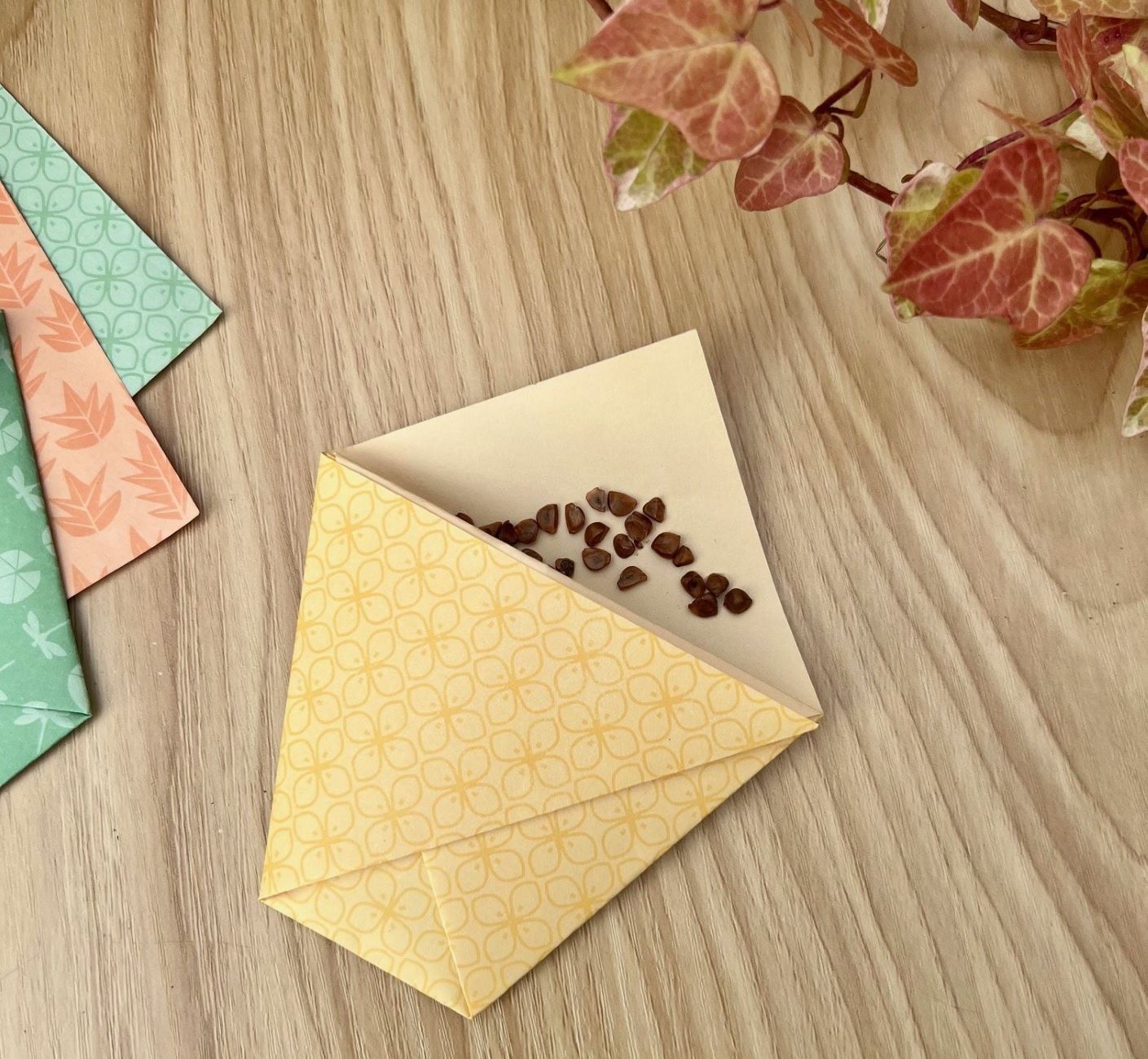
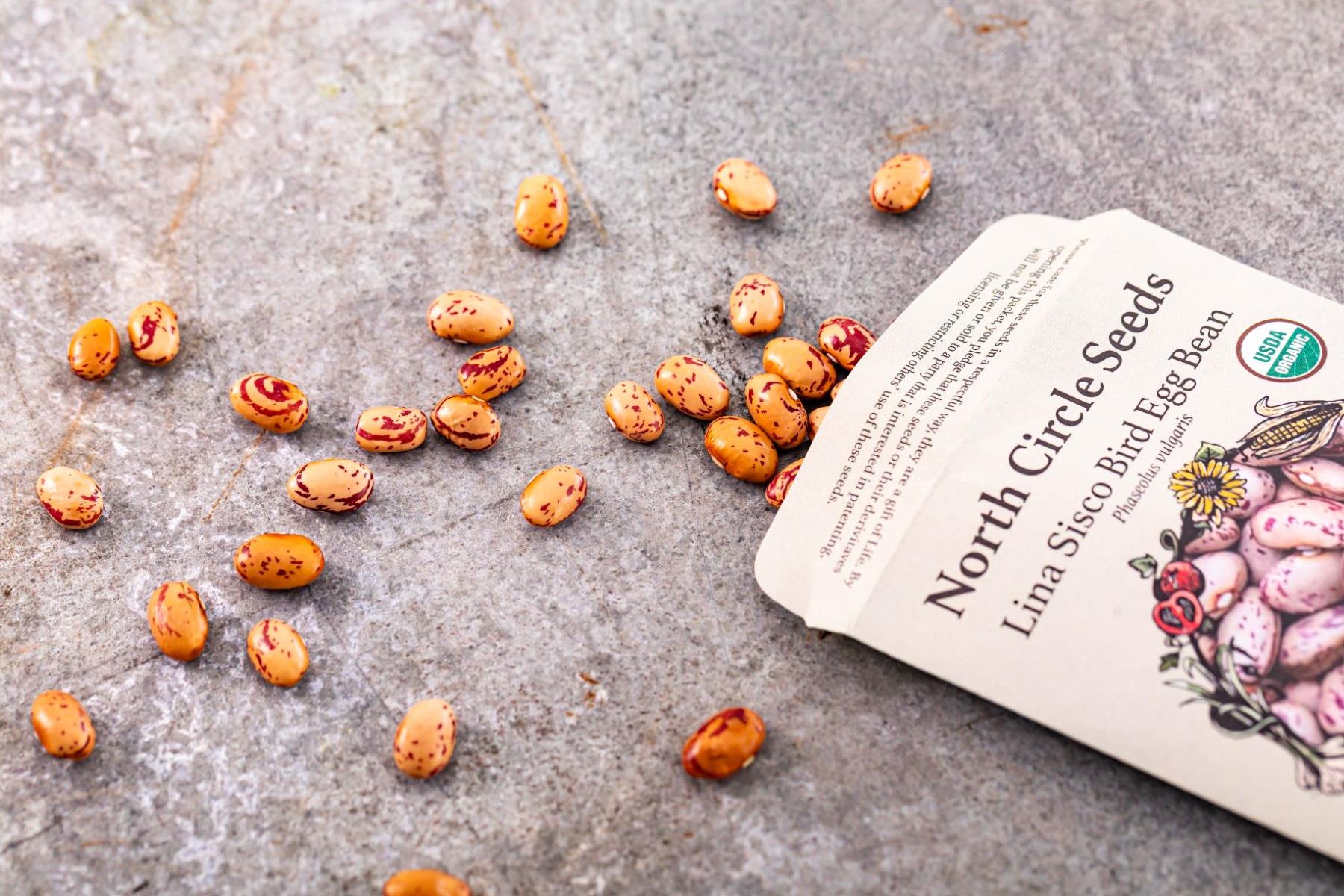
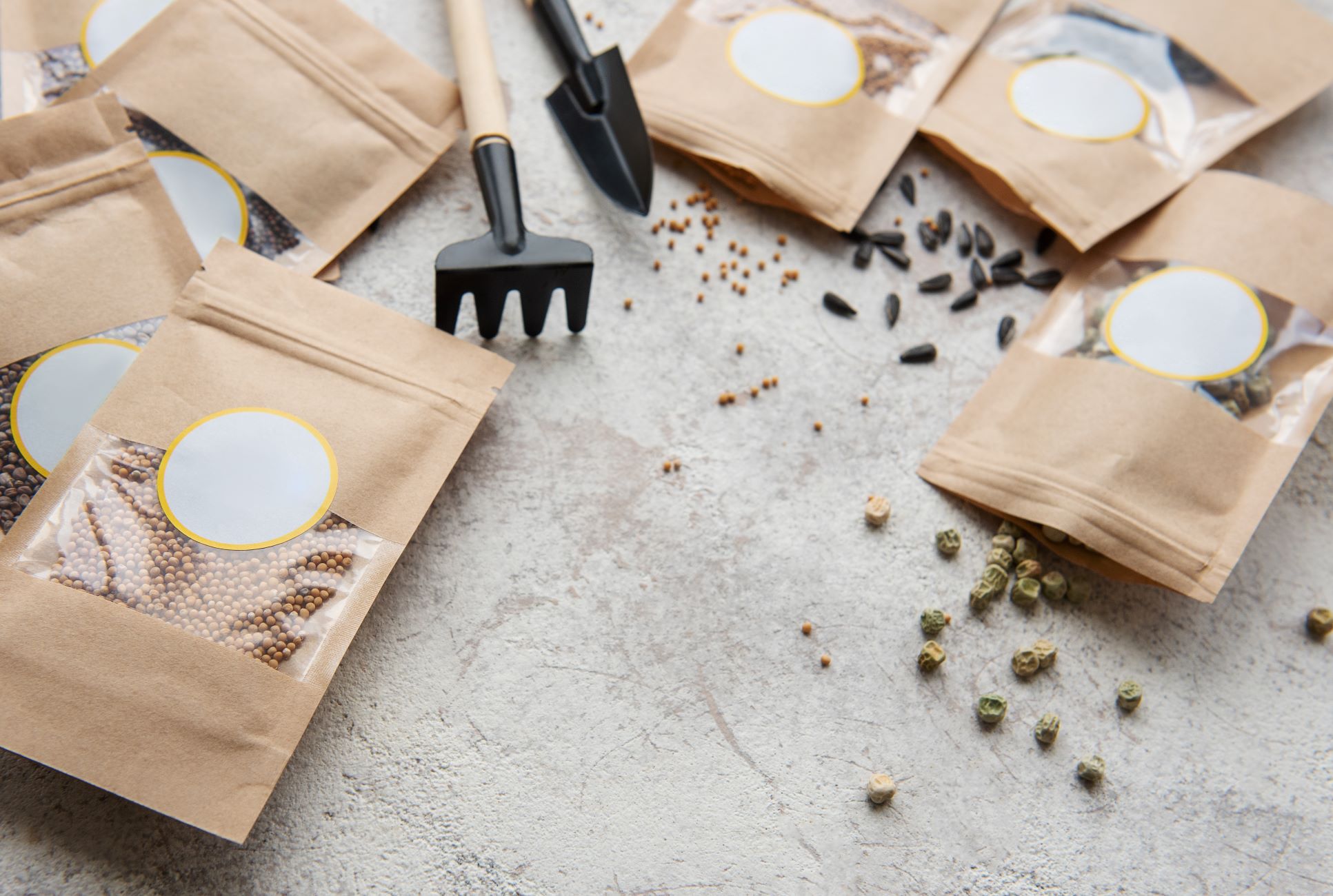
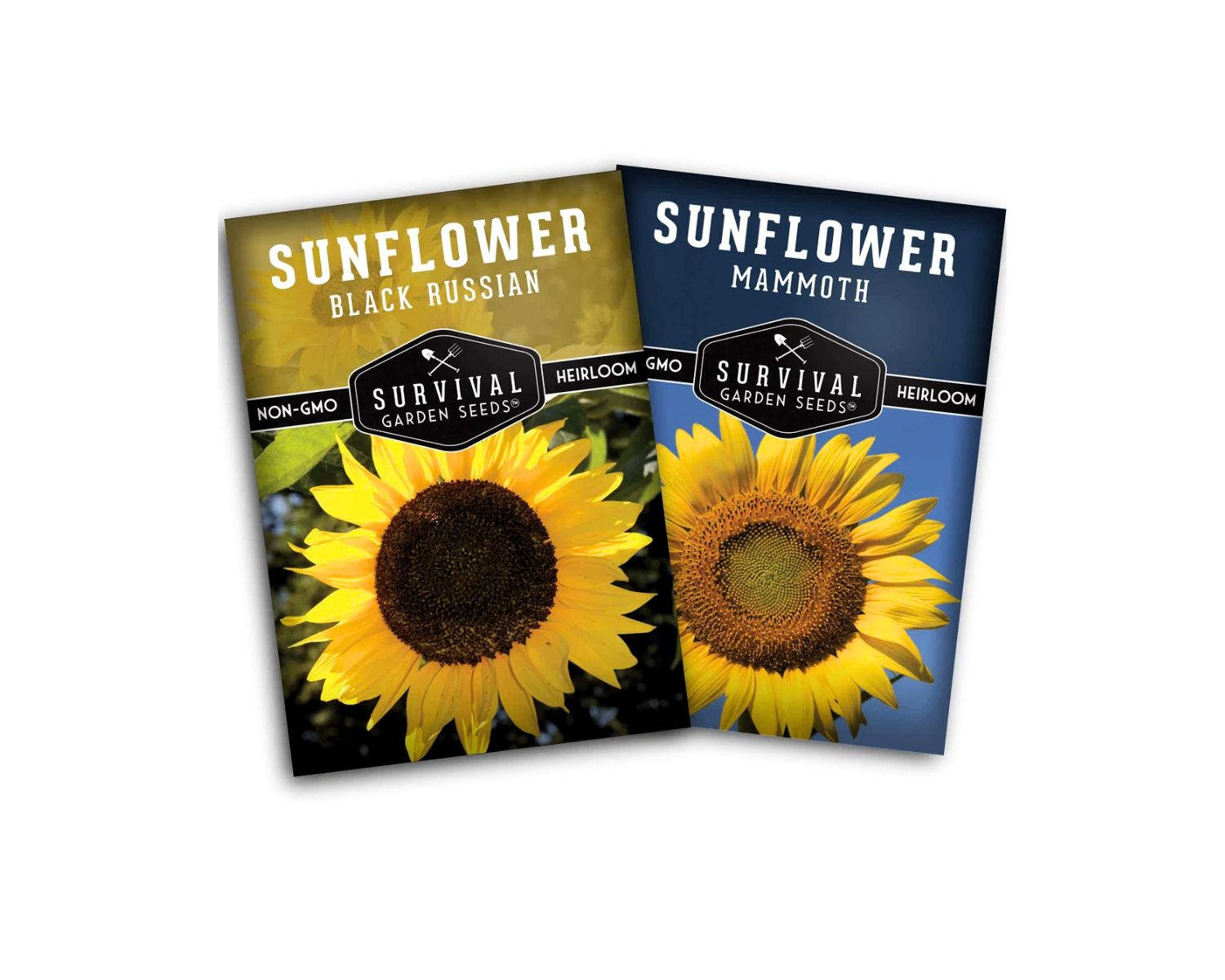
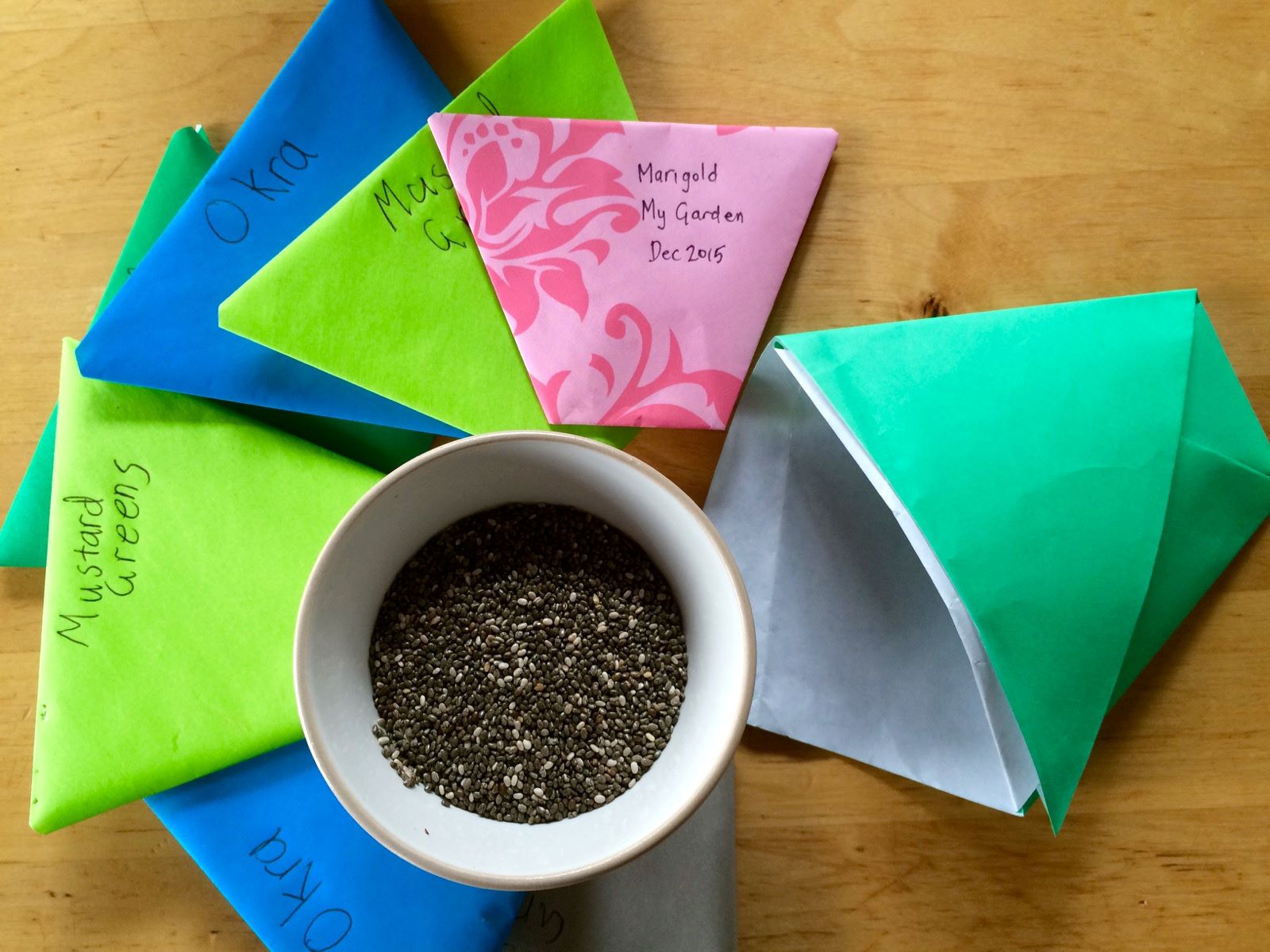
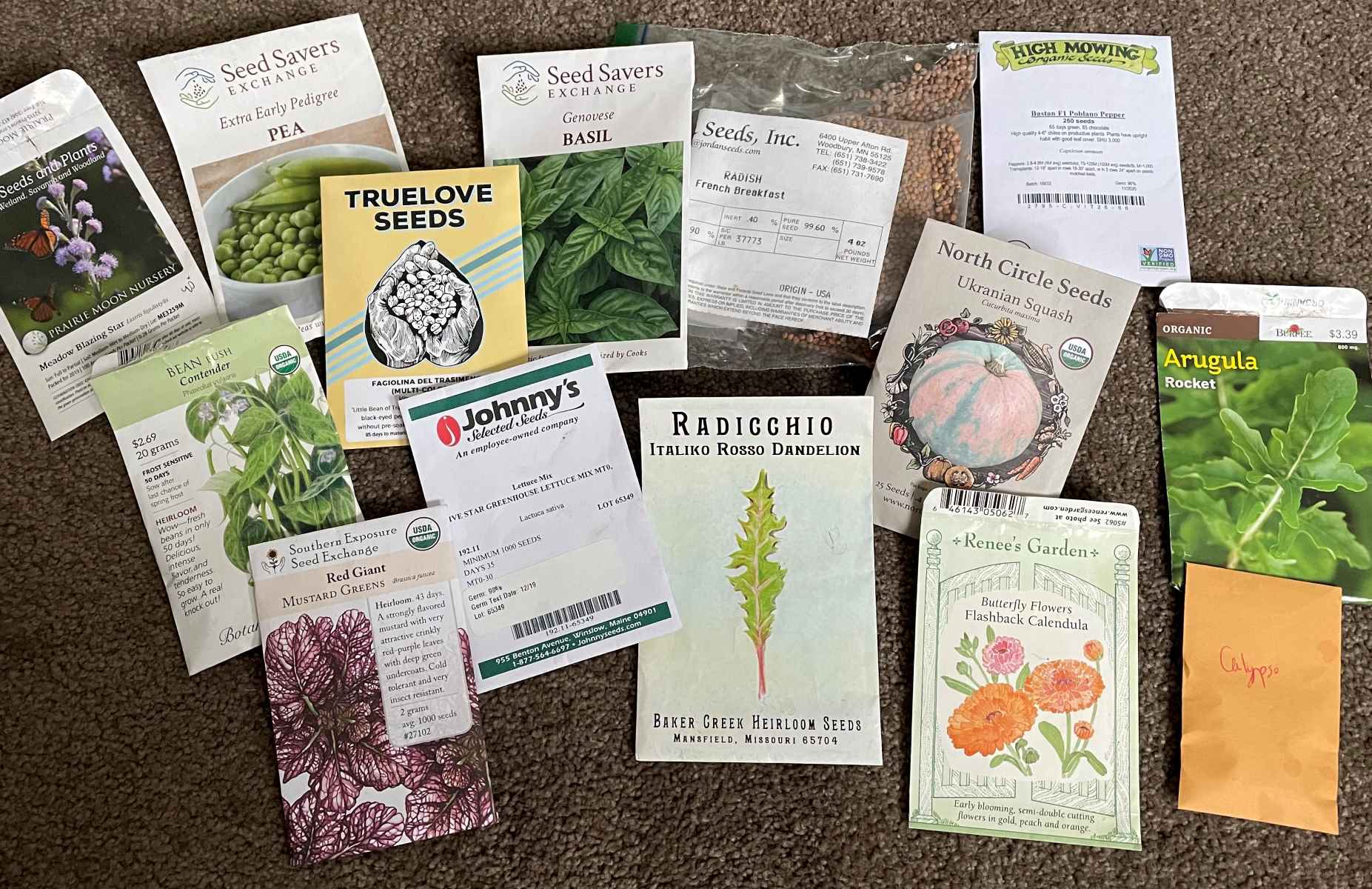
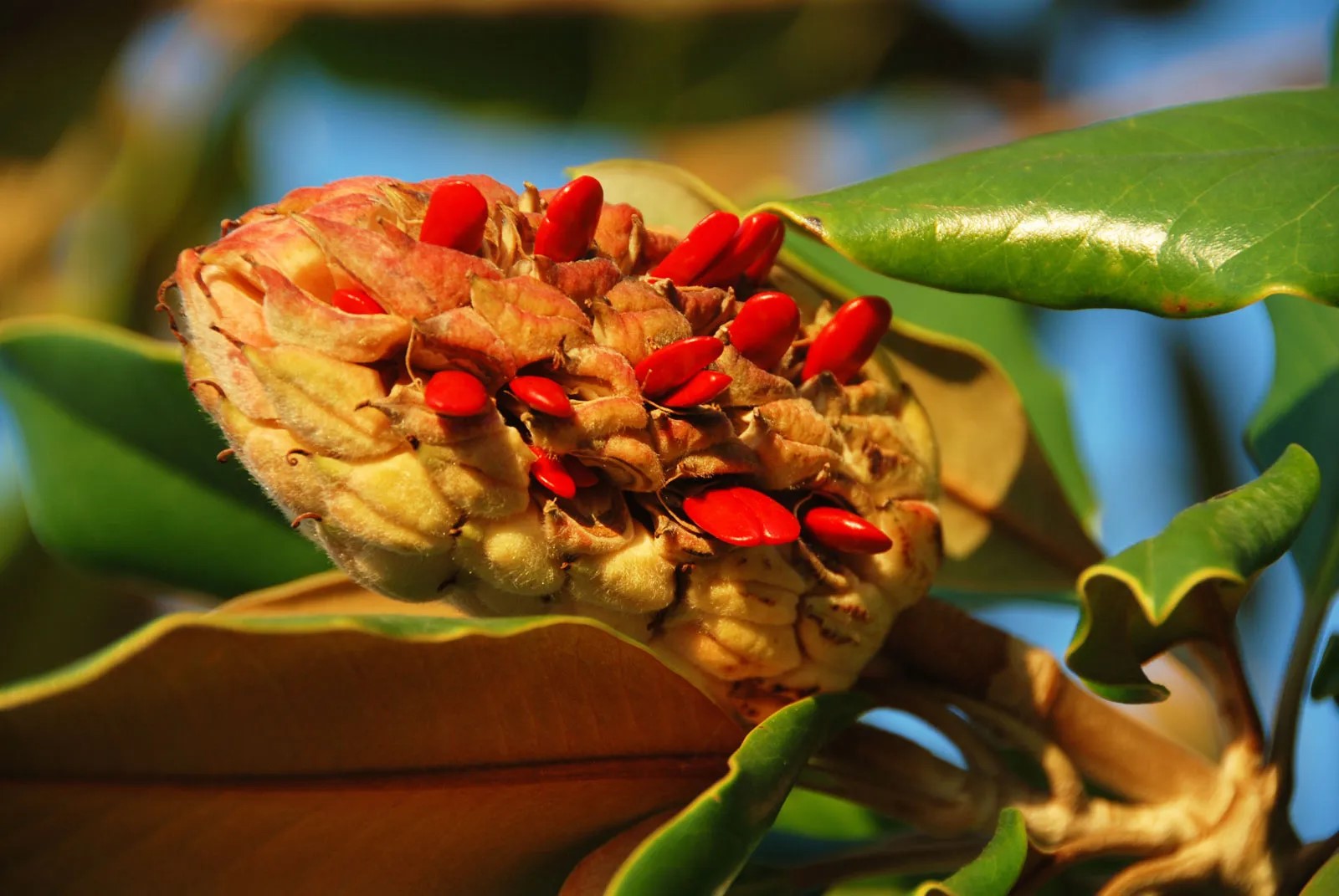
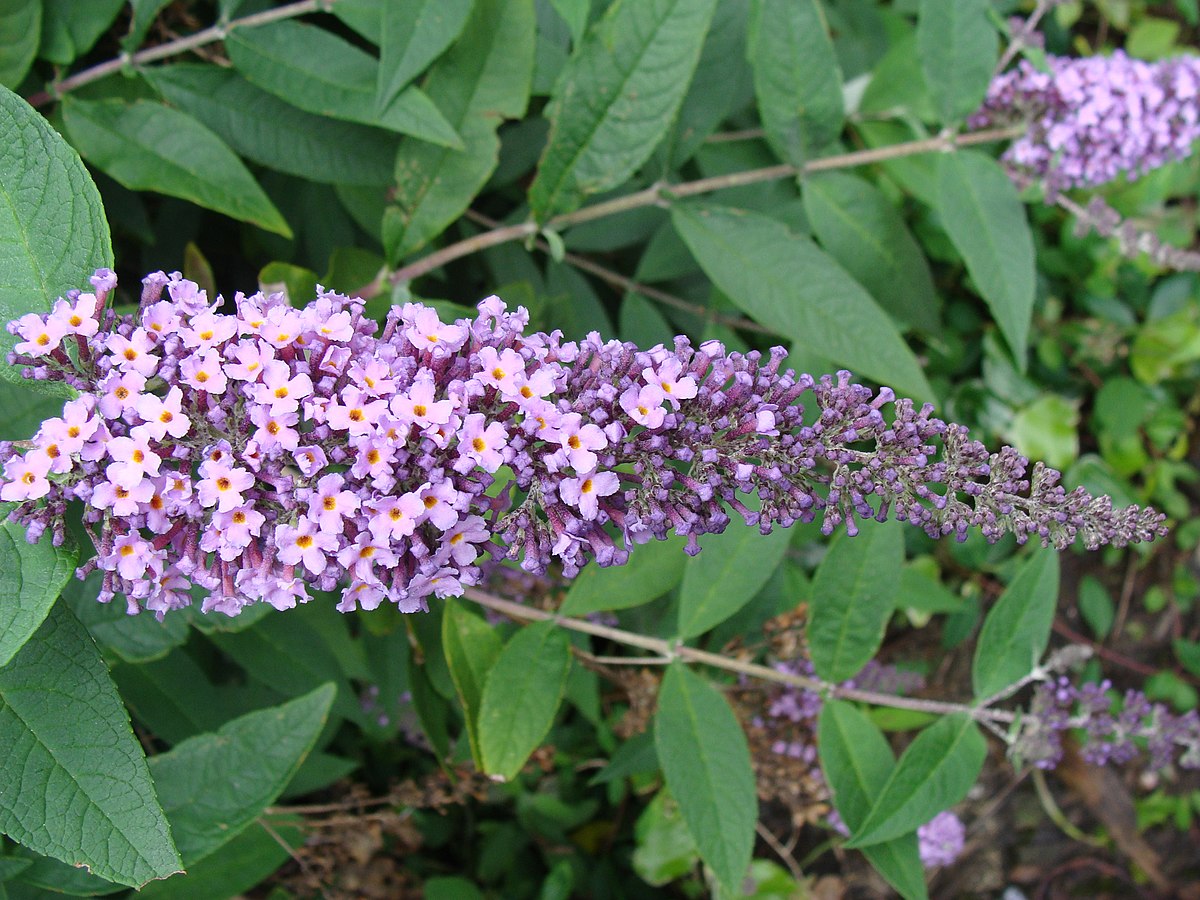
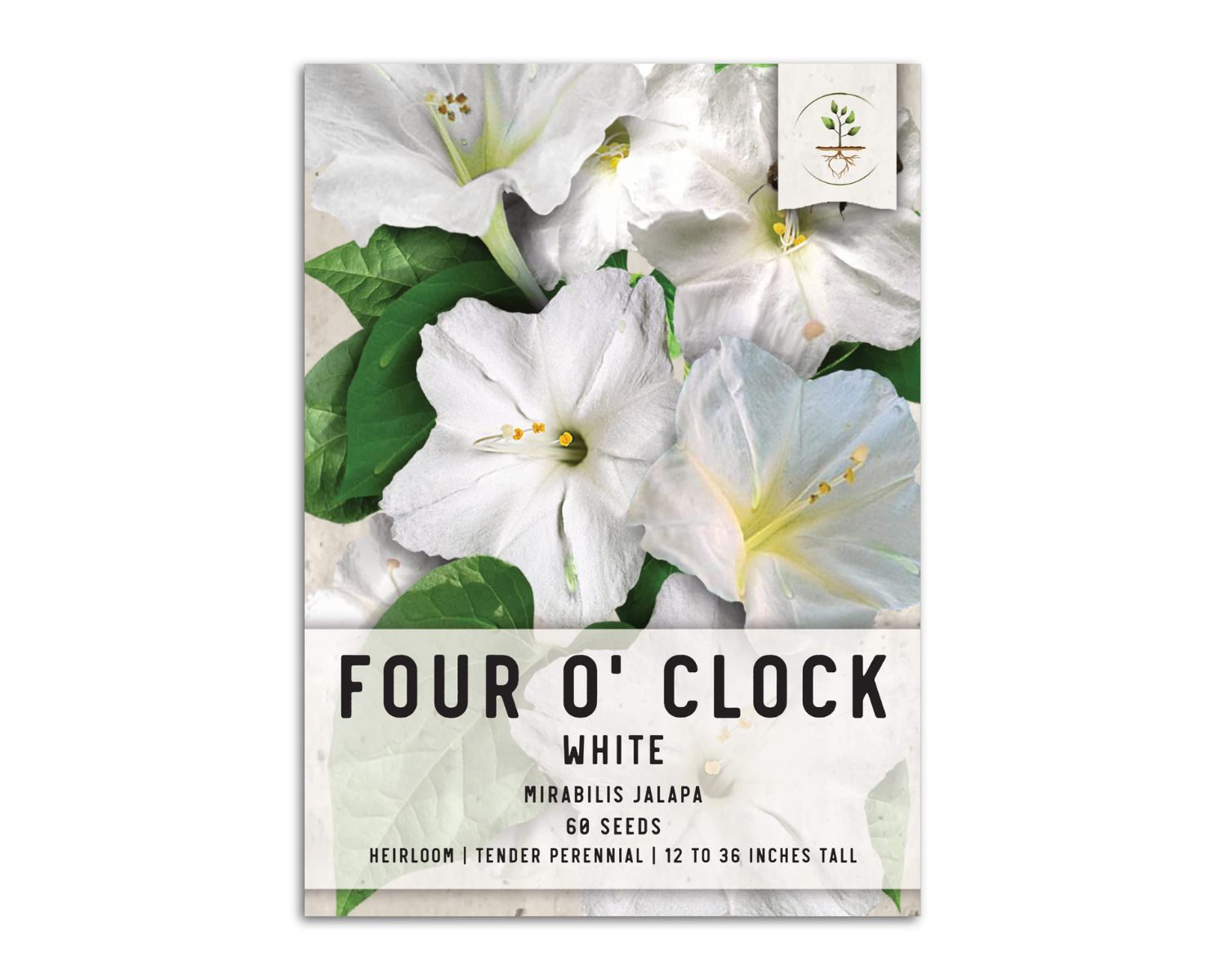
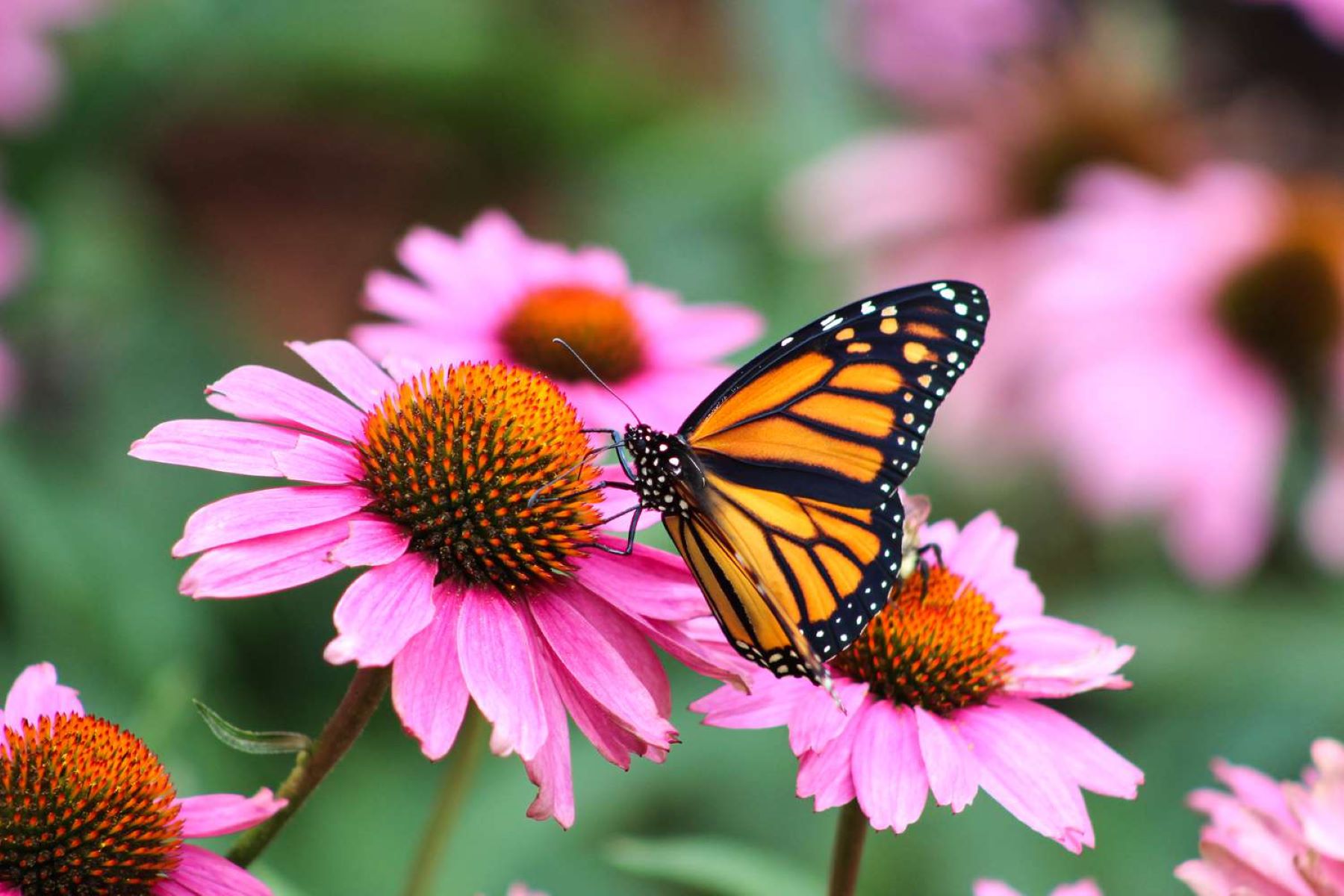
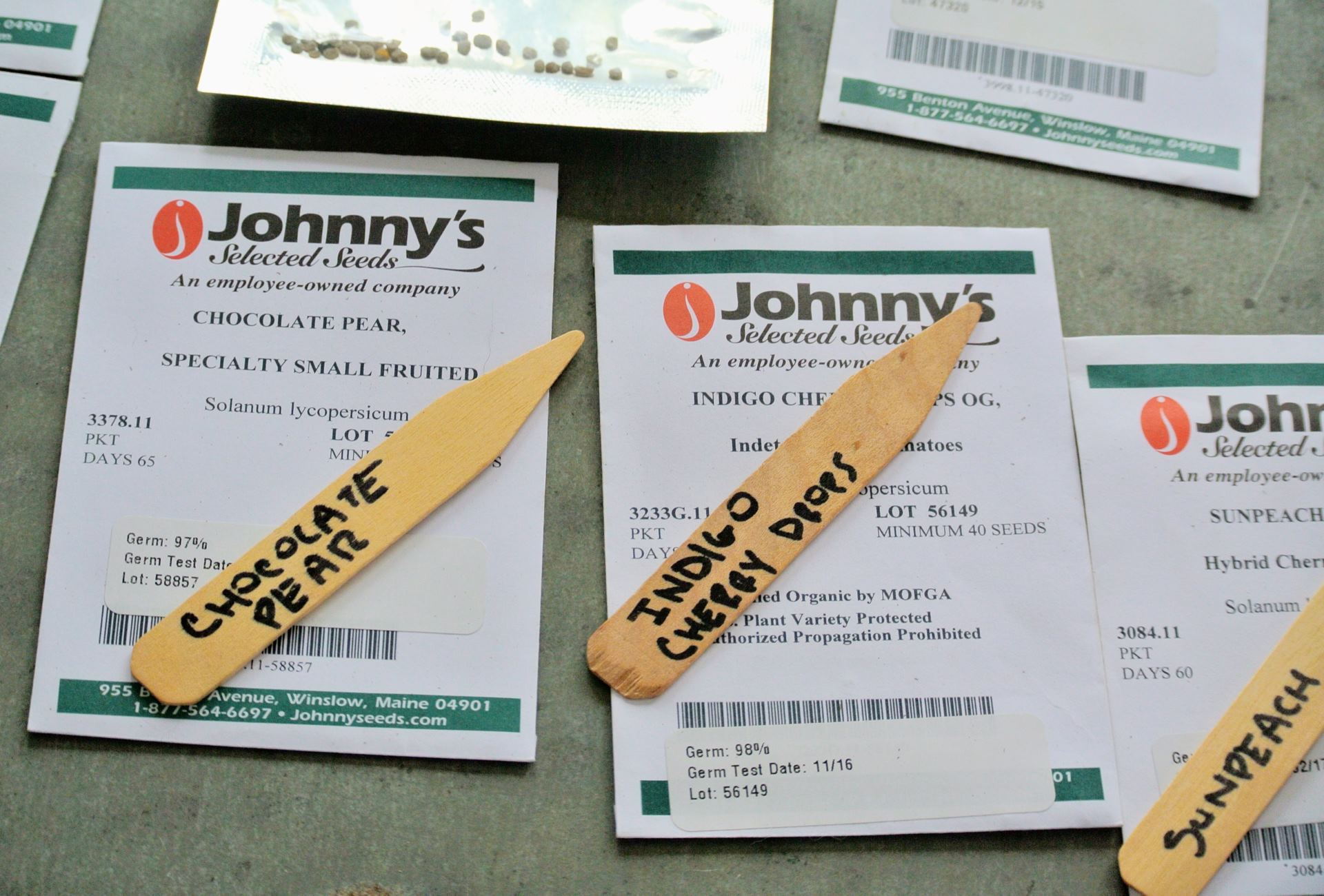
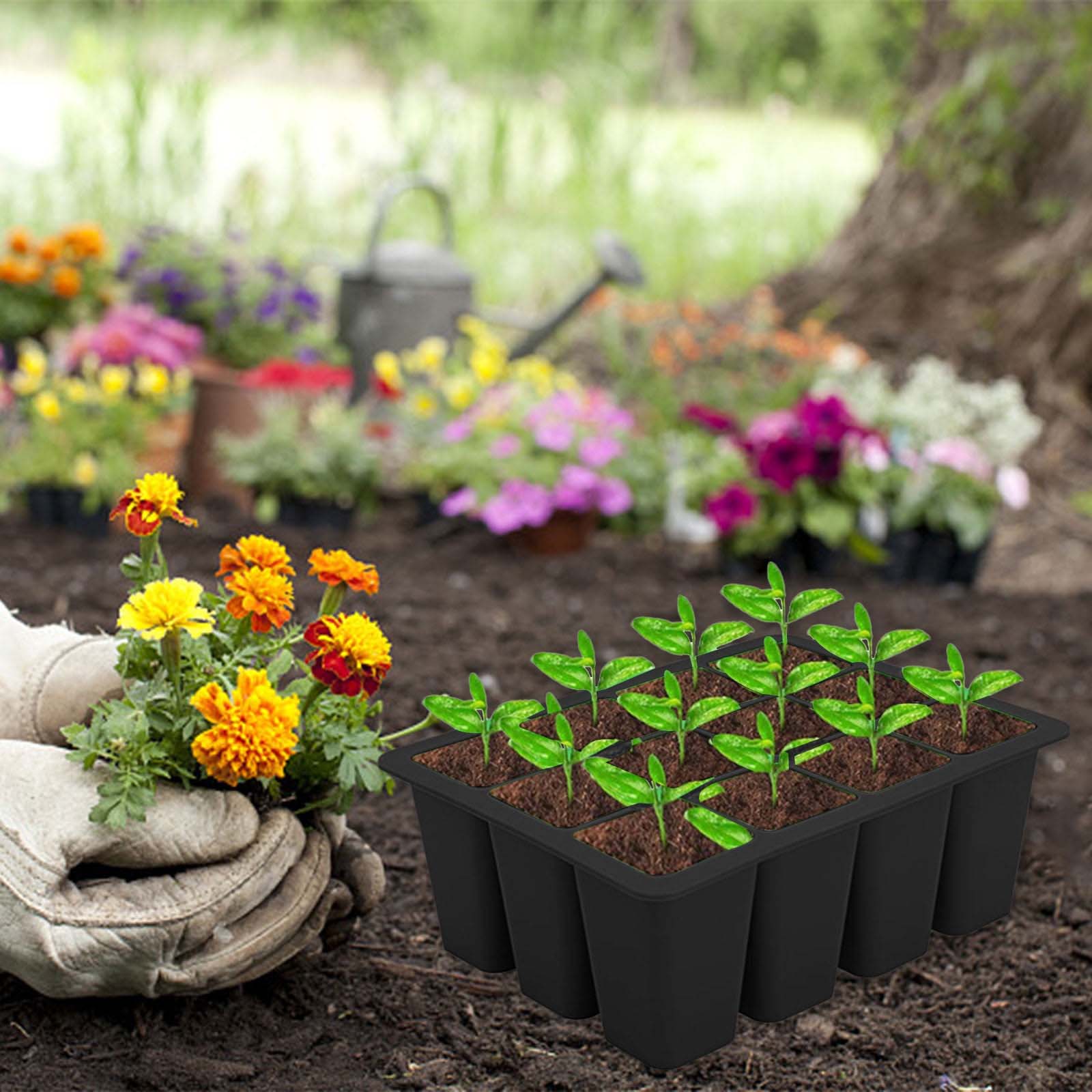

0 thoughts on “What Type Of Flowers Are In The Wildflower Seed Packet”